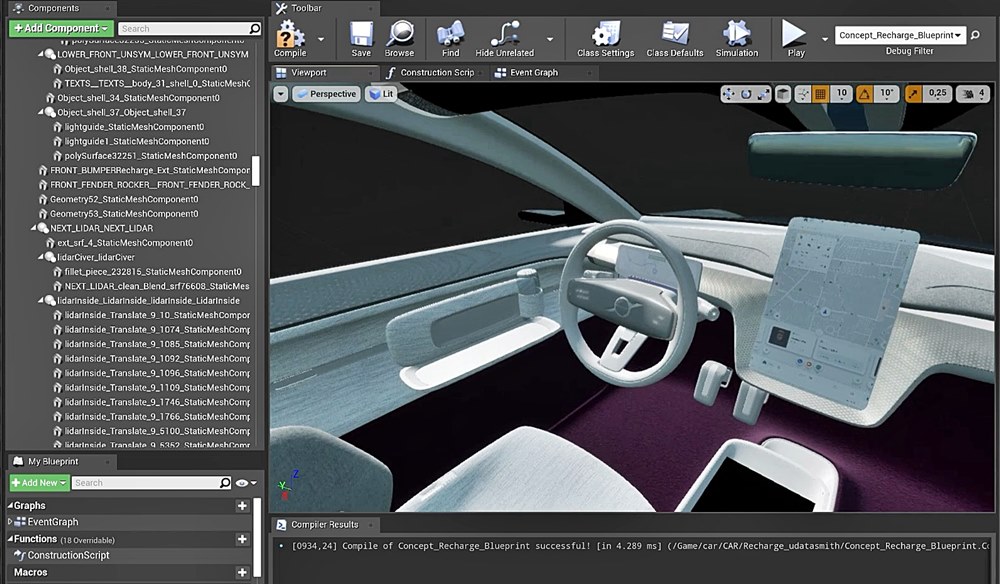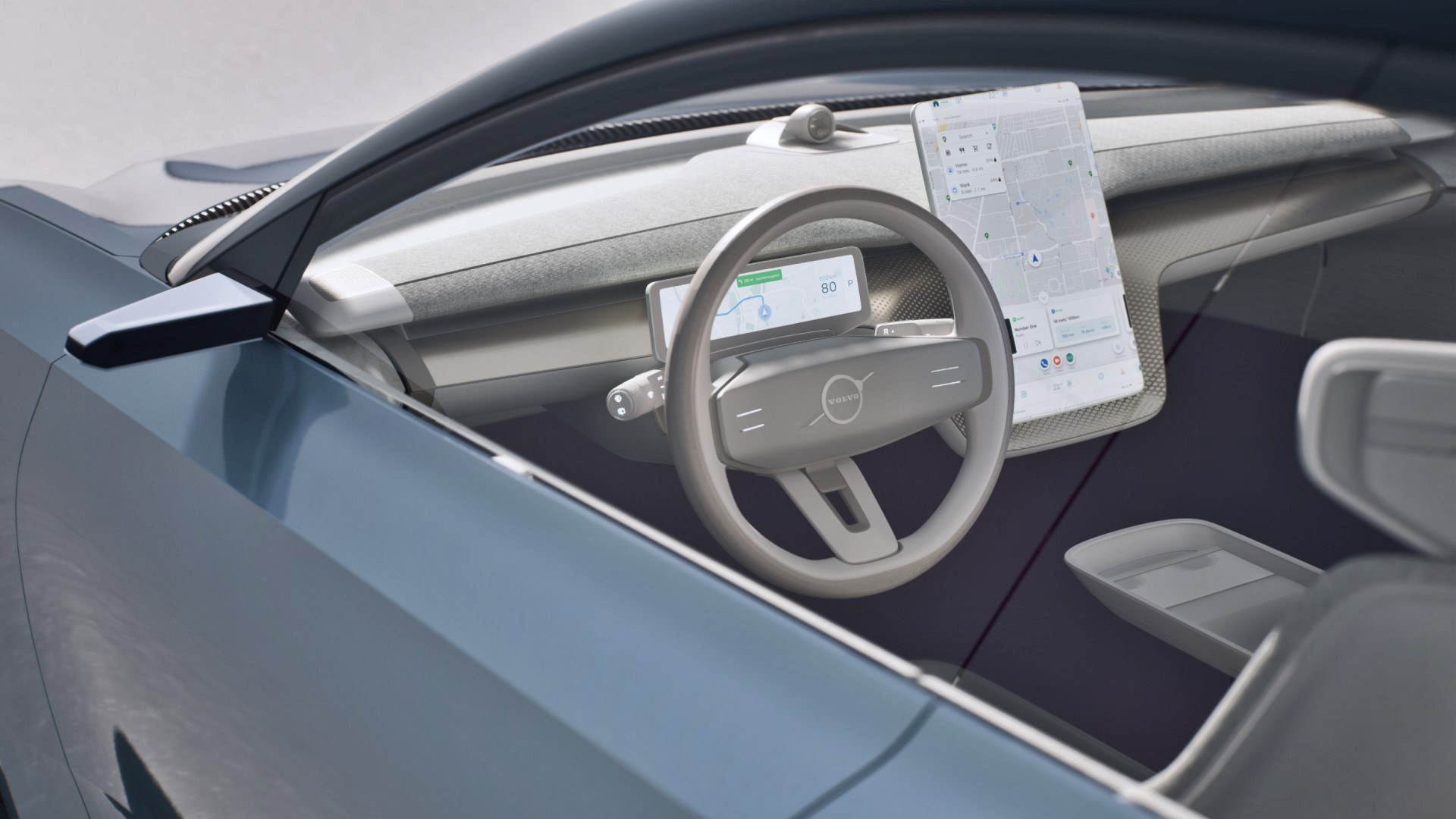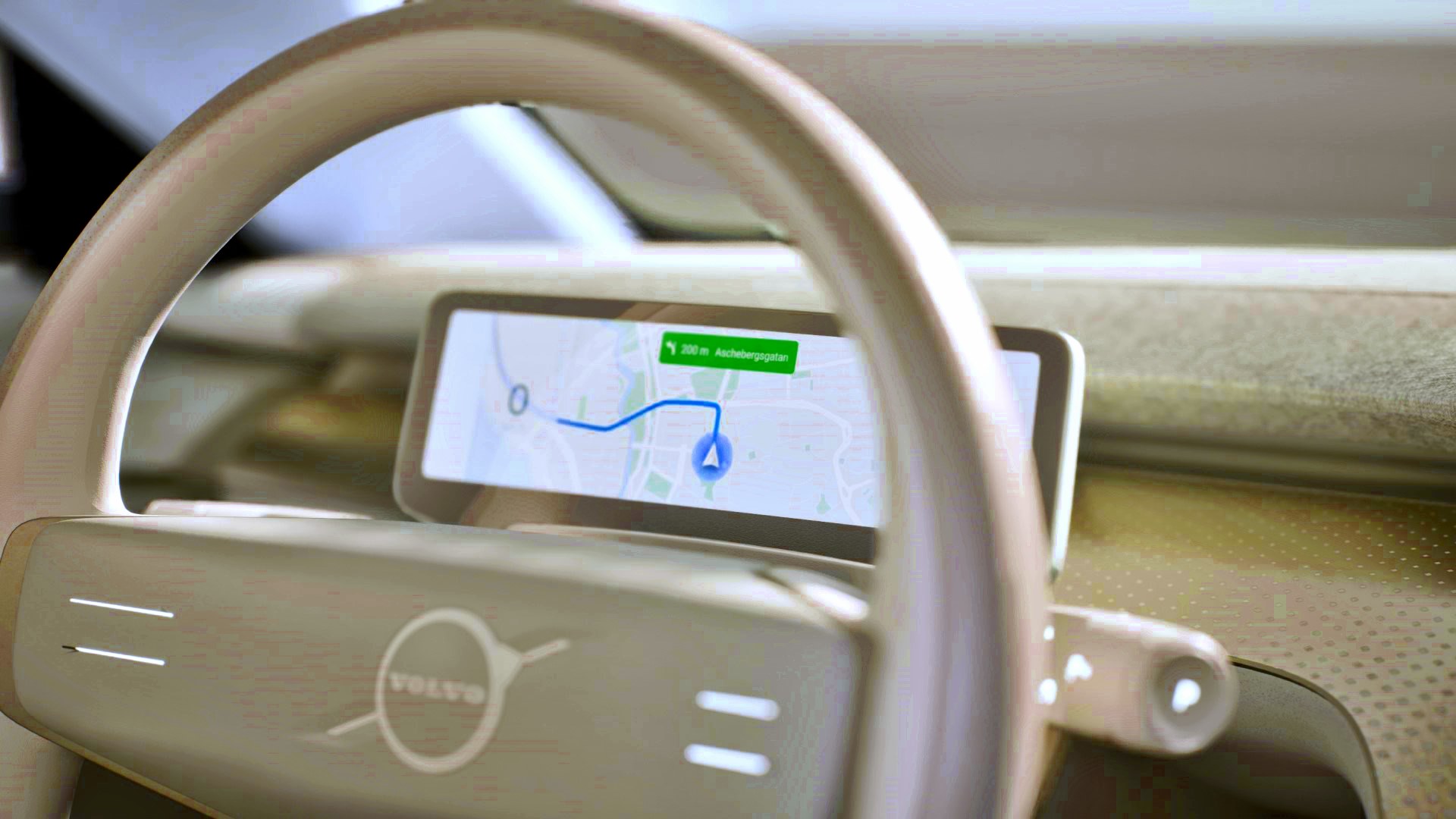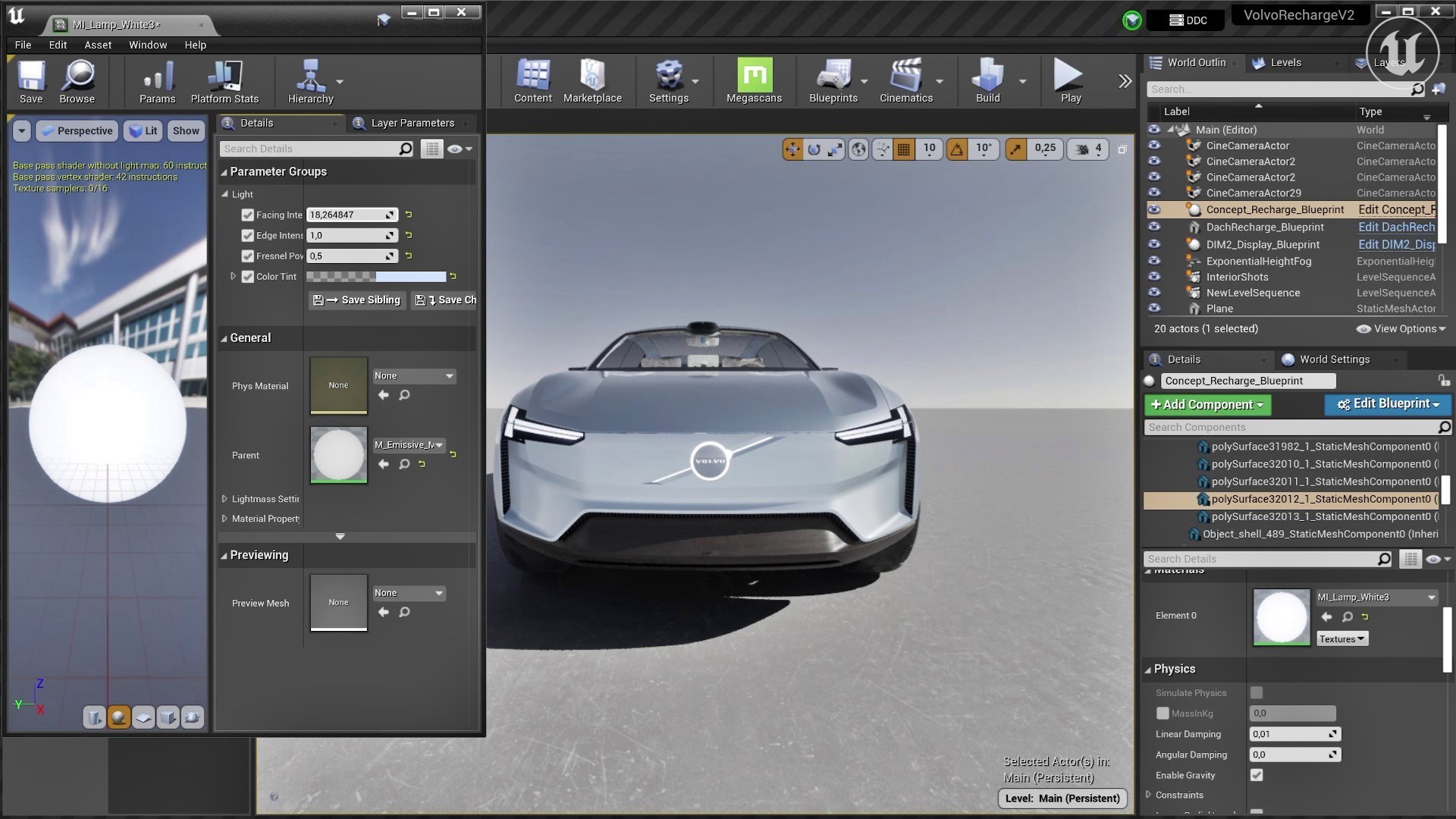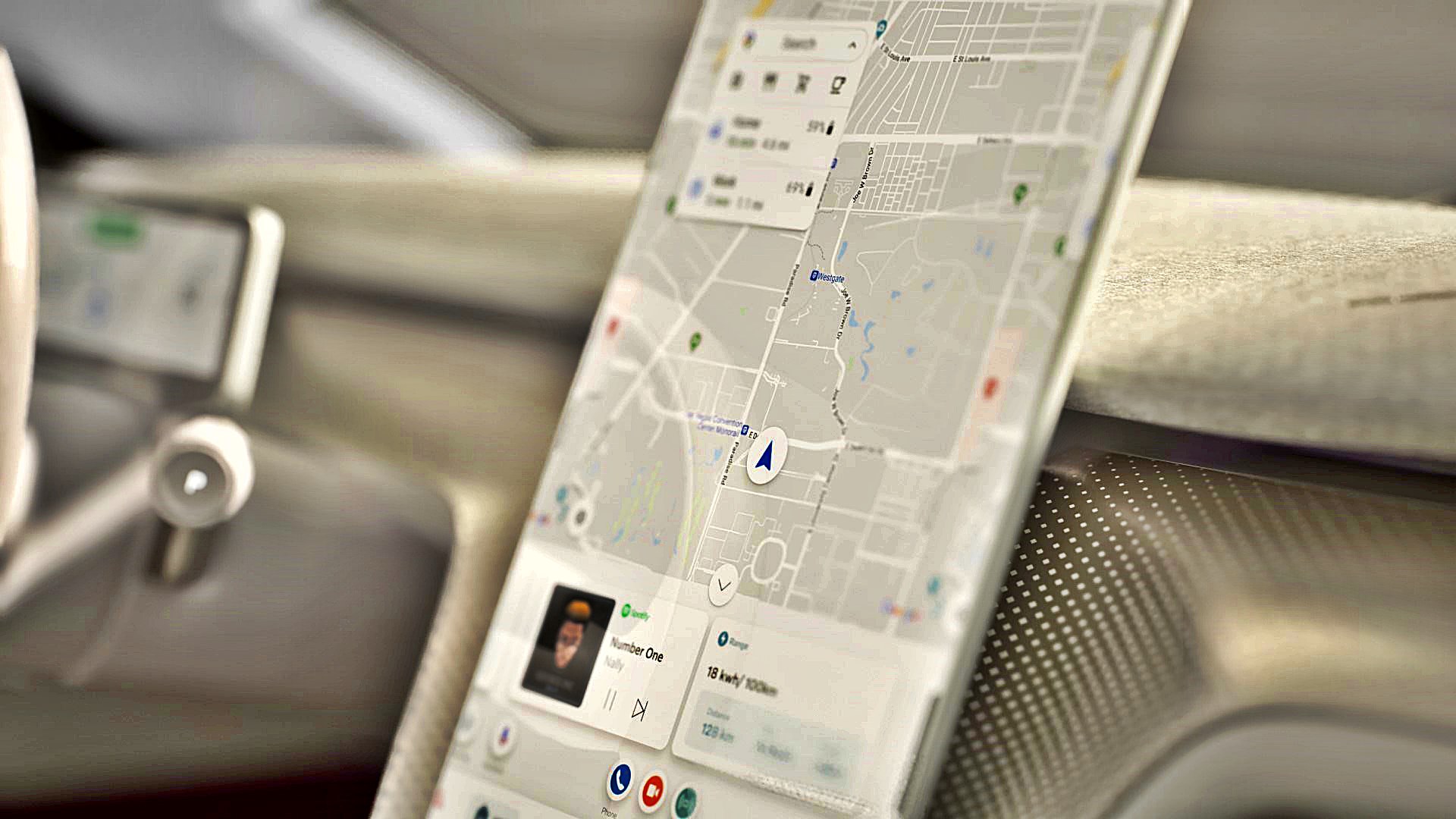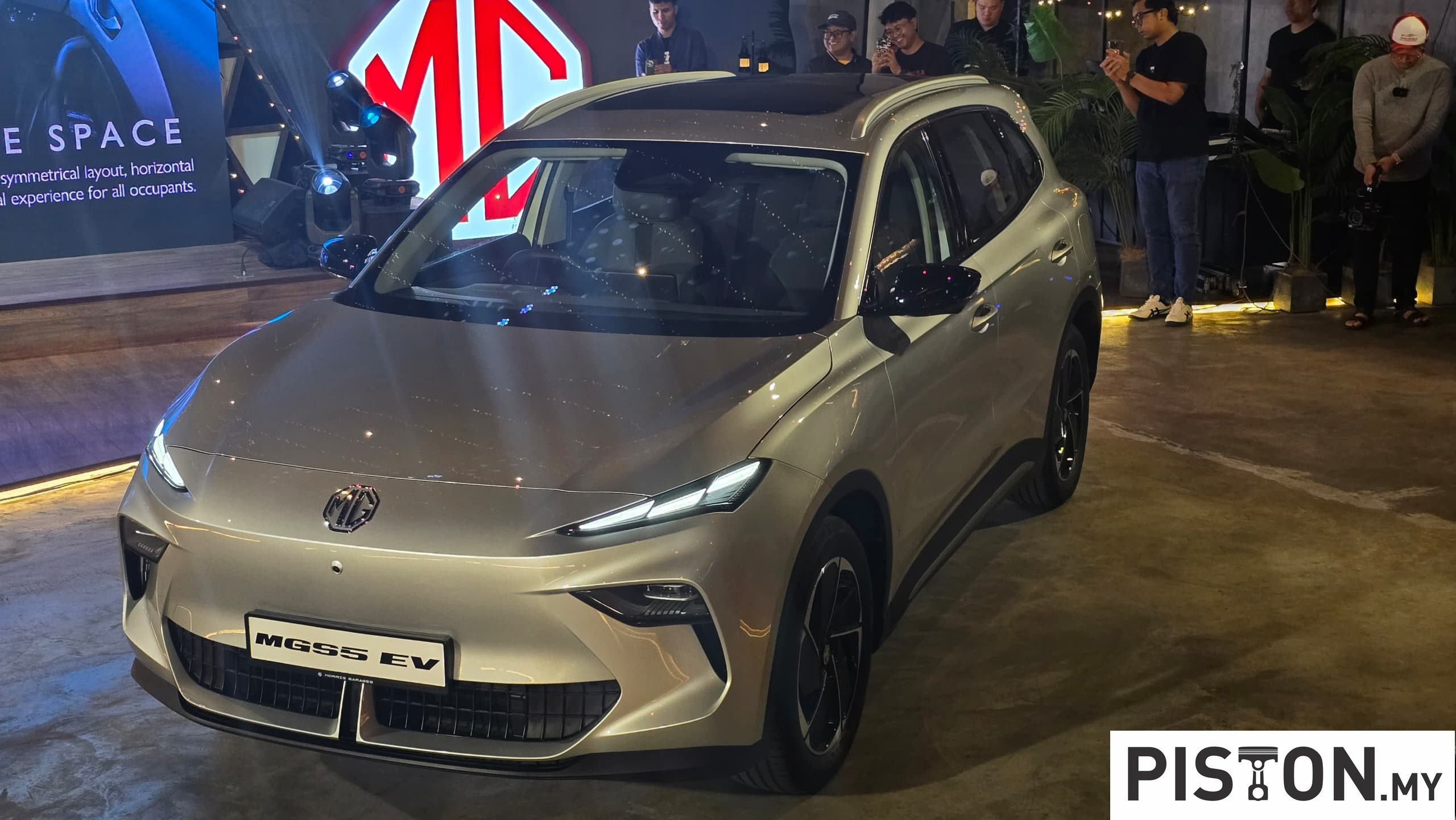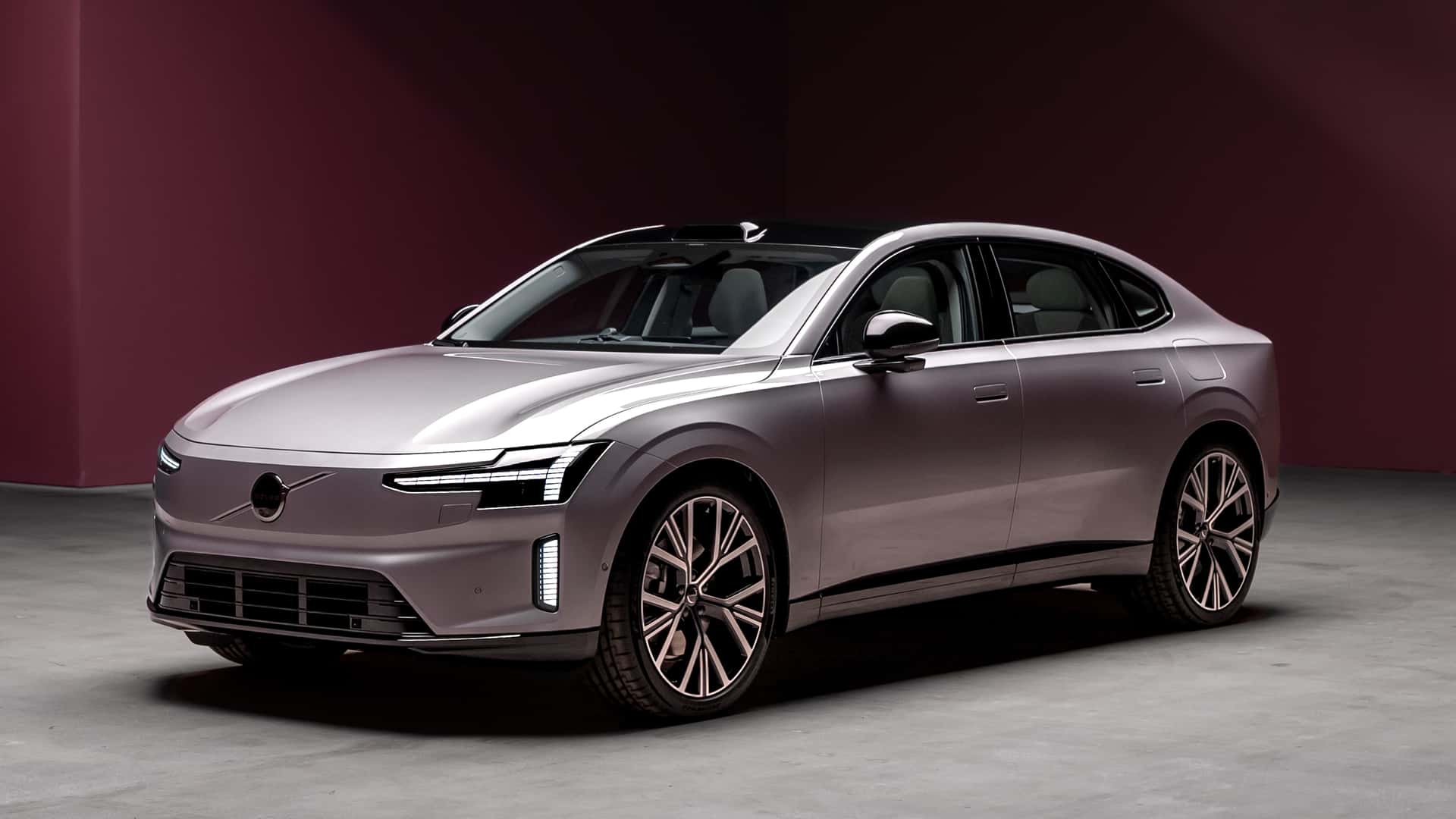Today’s videogames present extremely realistic imagery that can sometimes be mistaken for actual cars, planes or many other subjects in the real world. The great computer processing power available today has made photorealistic visualisation technology possible and it is used on many industries.
Volvo Cars is also turning to such technology to develop the user experience in its vehicles. For its next generation of electric cars, it is collaborating with Epic Games, an American videogame and software developer, to bring Epic’s Unreal Engine game engine into upcoming Volvo cars. This technology will provide unparalleled high-quality graphics inside the cabin.
Epic Games is probably best known for ‘Fortnite’, one of the world’s largest games. The Unreal Engine is widely considered to be the most advanced real-time 3D creation tool and is used in various industries beyond games. Volvo Cars will use it for developing digital interfaces inside its cars and rendering real-time graphics in the car.
For development of Human-Machine Interface
The Swedish carmaker is the first European carmaker to use the Unreal Engine for development of the Human Machine Interface (HMI). More specifically, it will initially focus on the Driver Information Module (DIM), one of the displays inside the cabin that provide the driver with relevant information and infotainment features.
In the next generation of Volvo cars, customers will encounter impressive, high-quality graphics on those displays. Much sharper renderings, richer colours and brand new 3D animations are only the first steps as Volvo Cars developers continue to push the graphic envelope.
“To offer our customers the best possible user experience and contribute to a safe and personal drive, we need rich, immersive and responsive visualisation inside our cars,” said Henrik Green, Chief Product Officer at Volvo Cars. “Running Unreal Engine in our cars enables this and makes it even more enjoyable to spend time inside a Volvo.”
New standard of graphics
By coupling the Unreal Engine with the high-performance computing power of the third generation Snapdragon Cockpit Platforms, the next generation of Volvo cars will set a new standard in graphics and infotainment system performance. As a result, Volvo Cars’ next generation infotainment system will be more than twice as fast as its predecessor, while graphics generation and processing inside the cabin will be up to 10 times faster.
“When you bring interactive, high-resolution graphics running in real-time into the car, you open the door to a vast range of new ways to inform and entertain everyone inside,” said Heiko Wenczel, Epic Games’ Director of Automotive and HMI for Unreal Engine. “Volvo Cars’ deeply talented design and product development teams have grasped this opportunity to do something fresh that will keep evolving with exciting new features that take advantage of the capabilities of Unreal Engine.”
Media error: Format(s) not supported or source(s) not found
Download File: https://www.piston.my/wp-content/uploads/2022/06/Volvo-Cars-Epic-Games.mp4?_=1Future flagship to have new graphics
The first car to contain the new graphics is the new, all-electric flagship model that Volvo Cars will reveal later this year. That model is the first of a new generation of all-electric Volvo cars as it aims to only sell cars powered only by electricity by 2030.
Further into the future, the company sees additional opportunities for Unreal Engine to advance other areas of technology within new models as the carmaker’s developers continue to explore new applications for this and other software-driven technology platforms while always keeping safety front of mind.
The aim is to develop half of all the software inside its cars in-house by mid-decade and it is therefore recruiting extensively within software development. By joining the company, coding talent has numerous opportunities to work on exciting and ground-breaking new in-car applications and platforms.




